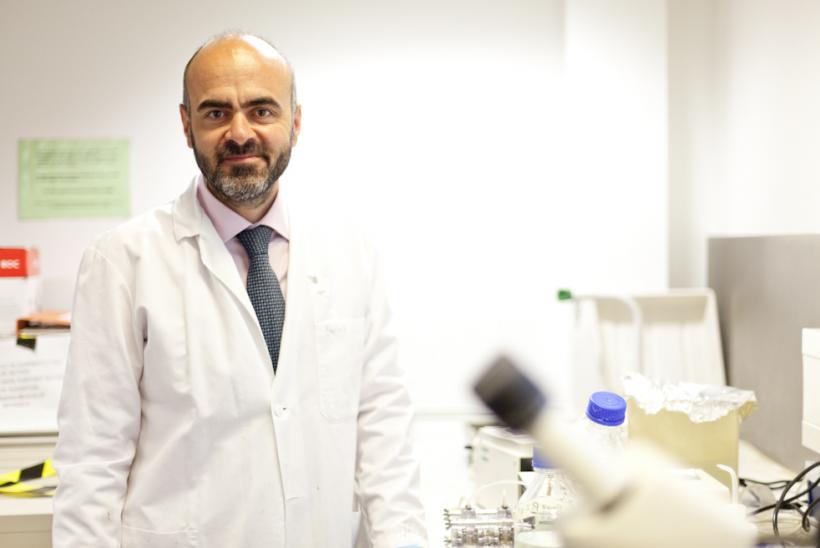GOSH team reveals the world’s first functional tissue engineered oesophagus
Researchers have grown the world’s first oesophagus engineered from stem cells and successfully transplanted them into mice, in a pioneering new study led by Great Ormond Street Hospital (GOSH) and the UCL Great Ormond Street Institute of Child Health (ICH).
It is hoped this new research could pave the way for clinical trials of lab-grown food pipes for the thousands of children who are born with gut conditions, or who develop them later in life.
In the study, researchers used a rat oesophagus “scaffold” and human gut cells to grow 2cm long engineered tubes of oesophagus. These tubes were implanted into mice and within a week the engineered tissue developed its own blood supply, which is important for a healthy gut that can squeeze down food.
Children who could benefit in the future from further clinical trials include patients like two-year-old Hudson who has oesophageal atresia, a rare condition affecting nearly 250 in the UK each year. The condition results in an incomplete oesophagus, which affects a baby’s ability to feed. Hudson’s mum, Nicola, first became aware of the condition during routine pregnancy screening, when a scan revealed that his abdomen was especially small compared with his identical twin, Hank.
Meet Hudson
Hudson was referred to GOSH where Consultant, Mr Paolo De Coppi, recommended a gastric pull-up, lifting his stomach up towards the chest in order to connect the throat directly to the stomach. As a result of the procedure, Hudson can now enjoy some of the same foods as his twin, but needs continued feeding support.
Nicola said: “There are things that we take for granted, which we don’t even think about doing, like breathing whilst eating. Hudson sometimes struggles to do both at the same time, so he has to eat with care. Explaining to any two-year-old why they have to sit and eat slowly is quite tricky, but his wellbeing and life depend on it.”
Nicola added: “Having the gastric pull-up has helped my son thrive, but this latest research has the potential to change the life of other children with the same condition as Hudson. In a case like Hudson’s an entirely new, functioning foodpipe would without a doubt be a game changer, giving him a sense of normalcy, so that he can enjoy mealtimes and his life as fully and independently as any other child. We’re excited and hopeful to see where this goes.”
"A major step forward for regenerative medicine"
Mr De Coppi, who is co-lead author of the paper, Consultant at GOSH and Head of Stem Cells and Regenerative Medicine at ICH said: “This is a major step forward for regenerative medicine, bringing us ever closer to treatment that goes beyond repairing damaged tissue and offers the possibility of rejection-free organs and tissues for transplant”. The NIHR Research Professor also added: “We’re really excited about these promising preclinical findings. However, lots more research lies ahead before we can safely and effectively translate this approach to humans.
Study co-lead author Dr Paola Bonfanti, who is Senior Research Associate at ICH and Group Leader at The Francis Crick Institute, added: “This is the first time that such a complicated organ has been grown in the lab. Not only is the gut tube shaped, but it also consists of several different layers of cells, which means we had to use a multi-step approach to develop a piece of oesophagus which resembles a normal one. It’s truly a promising step forward for children and even adults with oesophageal conditions.”
Although still in its pre-clinical stage, research into tissue engineering such as this could lead to a new treatment for patients with complex physical conditions. The method avoids the need for a donated organ, which are often in short supply for children, and significantly lowers the risk of organ rejection.


